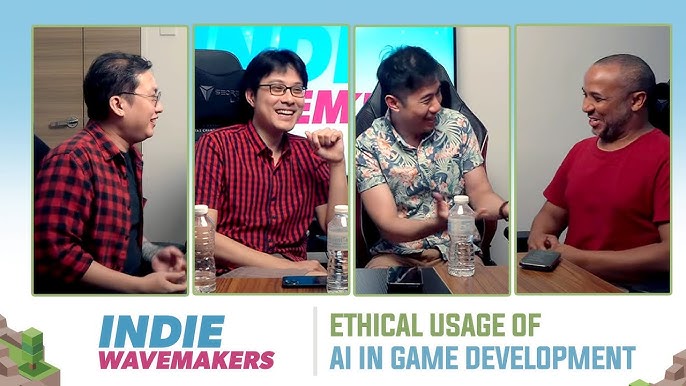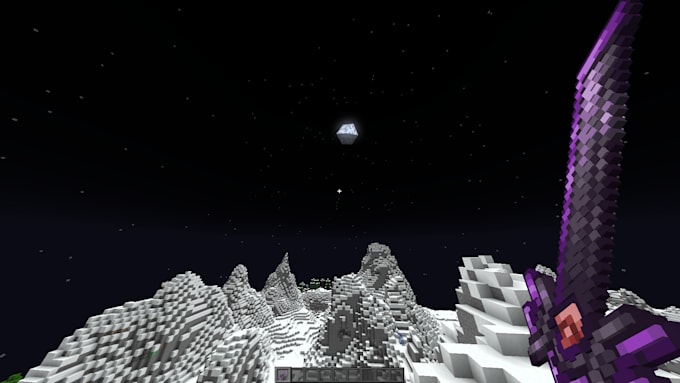AI Art Armageddon?
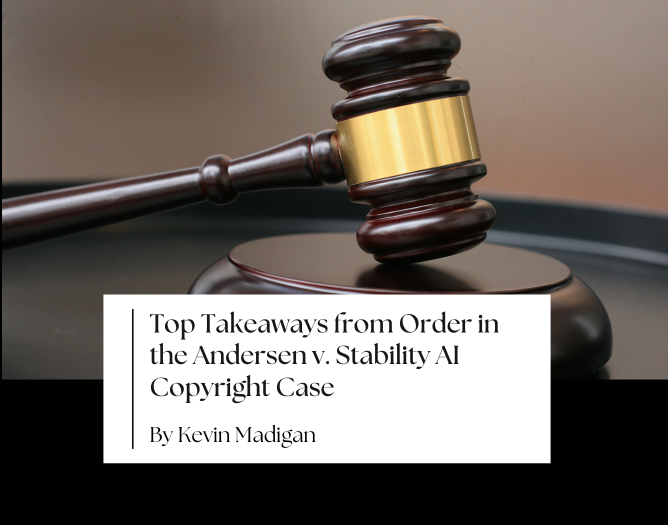
As a veteran PC gamer since the days of Commander Keen and a keen observer of this industry, I've seen trends come and go. But the rise of AI-generated art is something else entirely. It's not just a graphical leap; it's a fundamental shift in how games are made. And that shift is now facing a major legal challenge that could have huge implications for all of us – especially indie devs.
I'm talking about Anderson et al. v. Stability AI Ltd. et al., a class-action lawsuit currently unfolding in federal court in California that targets Stability AI (the creators of Stable Diffusion), Midjourney, and DeviantArt. This case is a potential game-changer (pun intended) for anyone using or considering using AI-generated assets in their PC games. Let's dive in.
The Core of the Conflict: Copyright and AI Training
At the heart of the lawsuit is the argument that Stability AI and others infringed on artists' copyrights by training their AI models (like Stable Diffusion) on massive datasets of copyrighted artworks without the artists' consent or compensation. The plaintiffs contend that these companies essentially "scraped" the internet, including sites like DeviantArt, to amass images to feed their algorithms. They argue that this constitutes copyright infringement because the AI models are, in essence, creating derivative works based on the styles and content of the original artworks.
The key legal battleground is whether this AI training process falls under "fair use." The defendants will likely argue that training an AI model is a transformative use of the original images because the AI doesn't simply reproduce the images; it learns patterns and styles to create new images. The plaintiffs, however, argue that the resulting AI art is too closely tied to the original training data, and therefore infringes on their copyrights. This lawsuit hinges on the legal definition of "transformative use" and whether it applies to AI-generated art in a way that protects those using AI.
The Ethical Minefield: "Rutkowski-ing" the World
Beyond the legal arguments, there are significant ethical considerations. The ease with which AI can replicate artistic styles raises profound questions about artistic integrity, compensation, and the very definition of art. Take the case of Greg Rutkowski, a fantasy artist whose name became synonymous with AI art prompts.
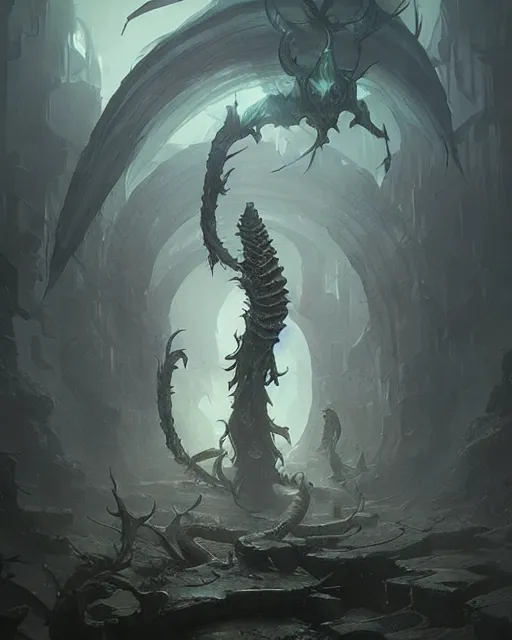
Rutkowski himself has expressed frustration with the situation, stating (and I'm paraphrasing from various interviews he's given) that it's disheartening to see his name used to generate countless AI images, effectively diluting his brand and potentially impacting his livelihood. He's not against technological progress, but he believes artists deserve control over how their work is used and compensated fairly.

Concept artists like Karla Ortiz have been even more vocal, emphasizing the need for regulation and protection of artists' rights. Ortiz has argued on Twitter and in interviews that unchecked AI art generation could devalue the skills of human artists and lead to a race to the bottom, where quantity trumps quality and originality.

Hypothetical Legal Consultation: A Game Dev's Nightmare?
To get a clearer picture of the legal risks for game developers, I reached out to a lawyer specializing in copyright law (hypothetically, of course). Here's a summary of our "conversation":
Me: "If a game developer uses Stable Diffusion to create textures for their game, what are the potential legal risks?"
Lawyer: "The biggest risk is copyright infringement. If the AI model was trained on copyrighted images without permission, using the resulting textures could be seen as creating derivative works that infringe on those copyrights. The copyright holders could sue for damages, including lost profits and attorney's fees."
Me: "What constitutes fair use in this context?"
Lawyer: "Fair use is a complex, fact-specific analysis. Courts consider four factors: the purpose and character of the use (e.g., is it commercial?), the nature of the copyrighted work, the amount and substantiality of the portion used, and the effect of the use on the market for the original work. For commercial game development, arguing fair use is an uphill battle."
Me: "What defenses could a game developer raise if sued for copyright infringement based on AI-generated assets?"
Lawyer: "They could argue that the AI-generated art is sufficiently transformative, meaning it doesn't simply copy or reproduce the original works. They could also argue that they didn't know the AI model was trained on copyrighted material (although this might not be a complete defense). However, proving these defenses can be costly and uncertain."
Me: "How can game developers mitigate these risks?"
Lawyer: "First, avoid using AI models that are known to have been trained on copyrighted material without permission. Second, if you do use AI-generated art, significantly modify and transform it to the point where it's clearly distinct from the original training data. Third, consider using AI models that are trained on public domain or licensed images. Finally, consult with a copyright attorney to assess the risks and develop a strategy."
The lawyer also stressed the importance of understanding the legal definition of "transformative use." A transformative use adds new expression, meaning,, or message to the original work. Simply changing the resolution or slightly altering the colors of an AI-generated image likely won't be enough to qualify as transformative, especially if the underlying style and composition are clearly derived from copyrighted sources.
Impact on Indie Developers: A Double-Edged Sword
For smaller indie game developers, AI-generated art presents a tempting solution to budget constraints. The ability to quickly and cheaply generate textures, concept art, and even entire environments could be a game-changer. Games like This Game Can Write Poems demonstrate how AI can be integrated into the creative process, even if the results are… well, let's just say "unique."
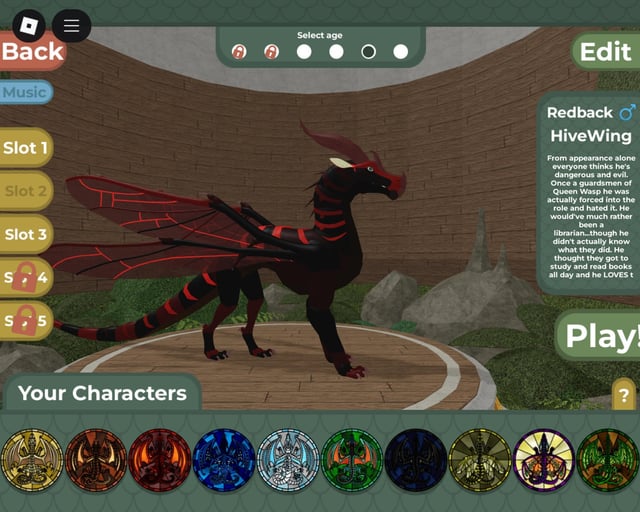
The argument is that AI tools democratize game development, allowing individuals and small teams to create games with visuals that would otherwise be impossible. However, this democratization comes with significant ethical and legal risks. If the Anderson v. Stability AI lawsuit succeeds, indie devs could be particularly vulnerable, lacking the resources to defend themselves against copyright claims.
The Future of AI Art in Games: Uncertainty Ahead
So, what does the future hold? The outcome of Anderson v. Stability AI will undoubtedly shape the landscape of AI art in the PC gaming industry. If the plaintiffs prevail, we could see stricter regulations and licensing agreements for AI art models. Companies might be forced to pay royalties to artists whose work was used to train their models, or even obtain explicit consent before using copyrighted material.

We might also see the rise of AI models trained exclusively on public domain or licensed images, offering a safer alternative for developers concerned about copyright infringement. Regardless of the outcome, it's crucial for game developers to stay informed and proceed with caution.
It is recommended to check the Copyright Office's guidelines on AI-generated works: Copyright Office AI Guidelines.
Conclusion: Proceed with Caution
The Anderson v. Stability AI lawsuit is a watershed moment for the PC gaming industry. While AI-generated art offers exciting possibilities, it also presents significant legal and ethical challenges. As game developers, we need to be mindful of these risks and act responsibly. Do your research, consult with legal counsel if necessary, and prioritize ethical sourcing practices. The future of AI art in games depends on it.

